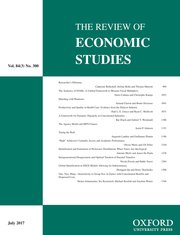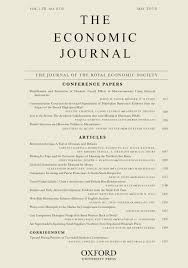
van den Berg, G.J., Deeg, D., Lindeboom, M. and Portrait, F. (2010). The role of early-life conditions in the cognitive decline due to adverse events later in life Economic Journal, 120(548):F411--F428.

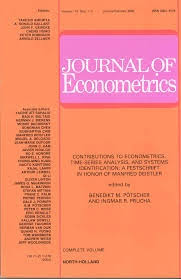
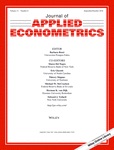
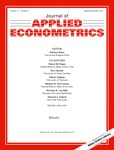
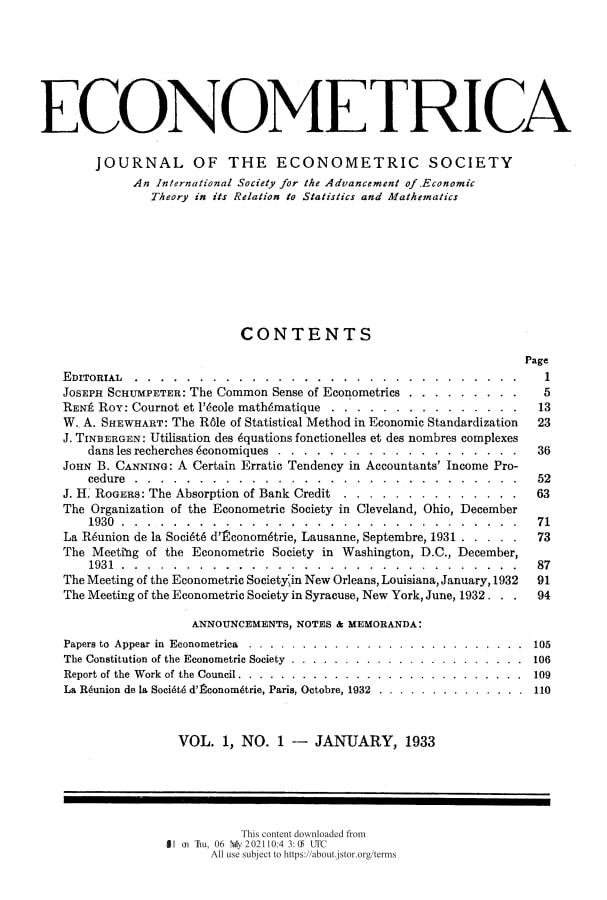
Frank Windmeijer (2009). Generalized method of moments with many weak moment conditions Econometrica.
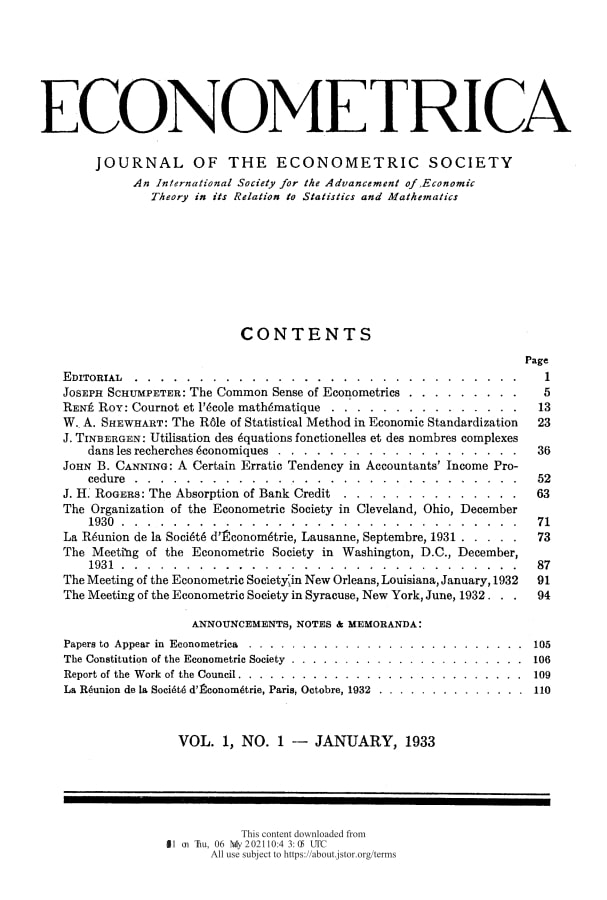
Francesco Lippi (2009). Financial innovation and the transactions demand for cash Econometrica.


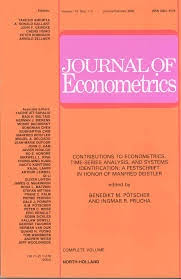

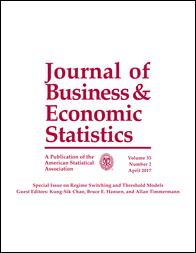


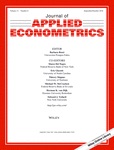


Francesco Lippi (2009). Technological change and the households' demand for currency Journal of Monetary Economics.


